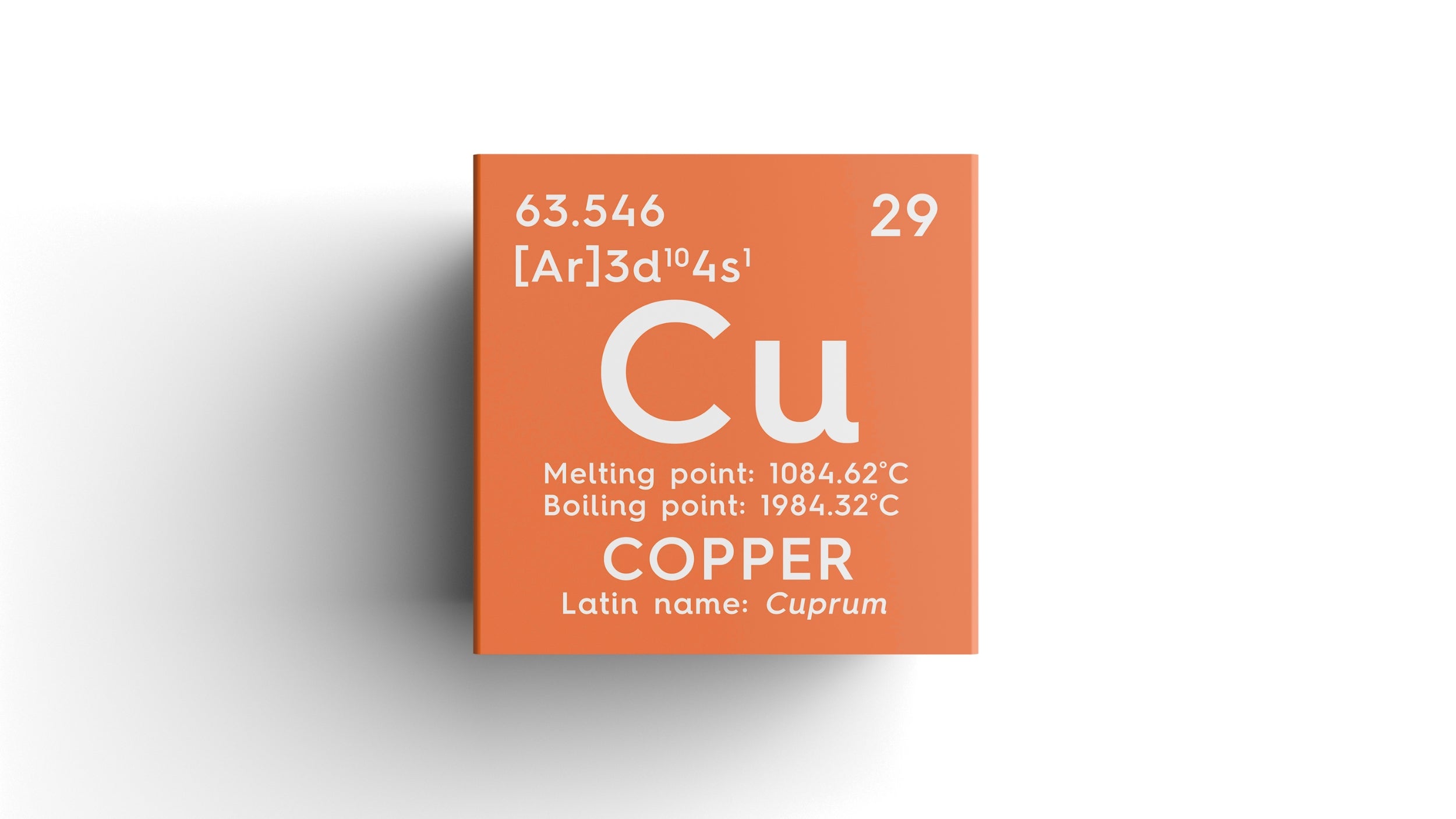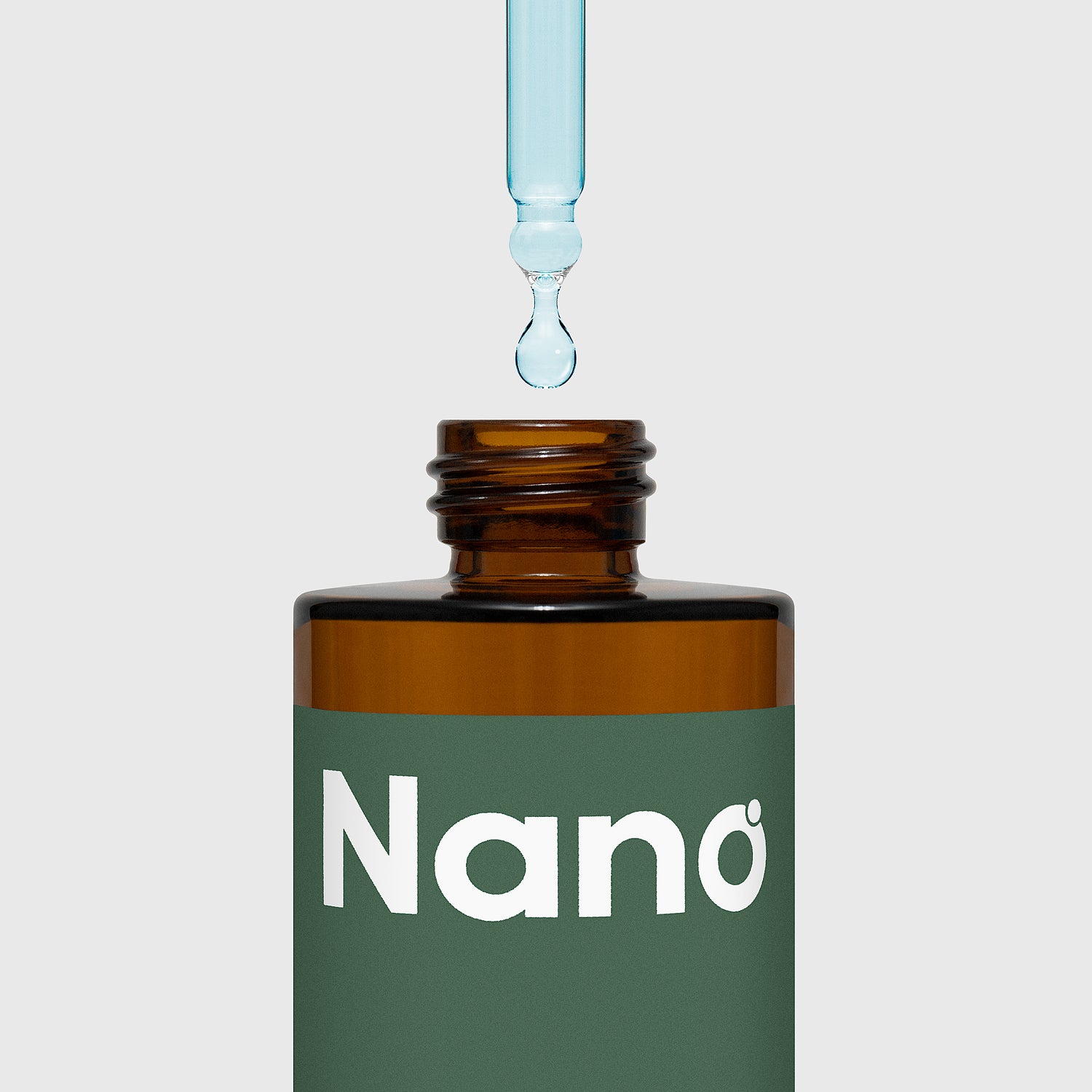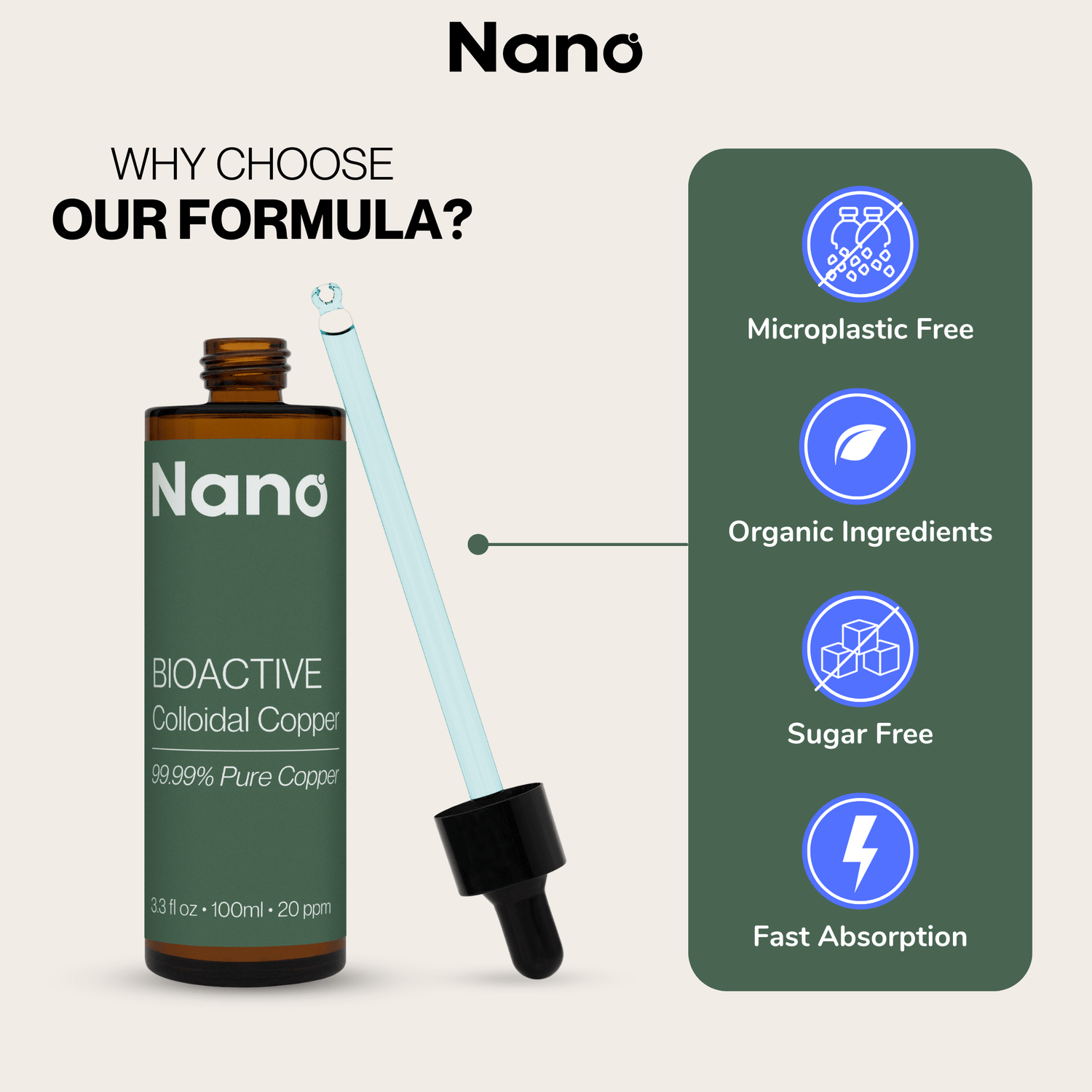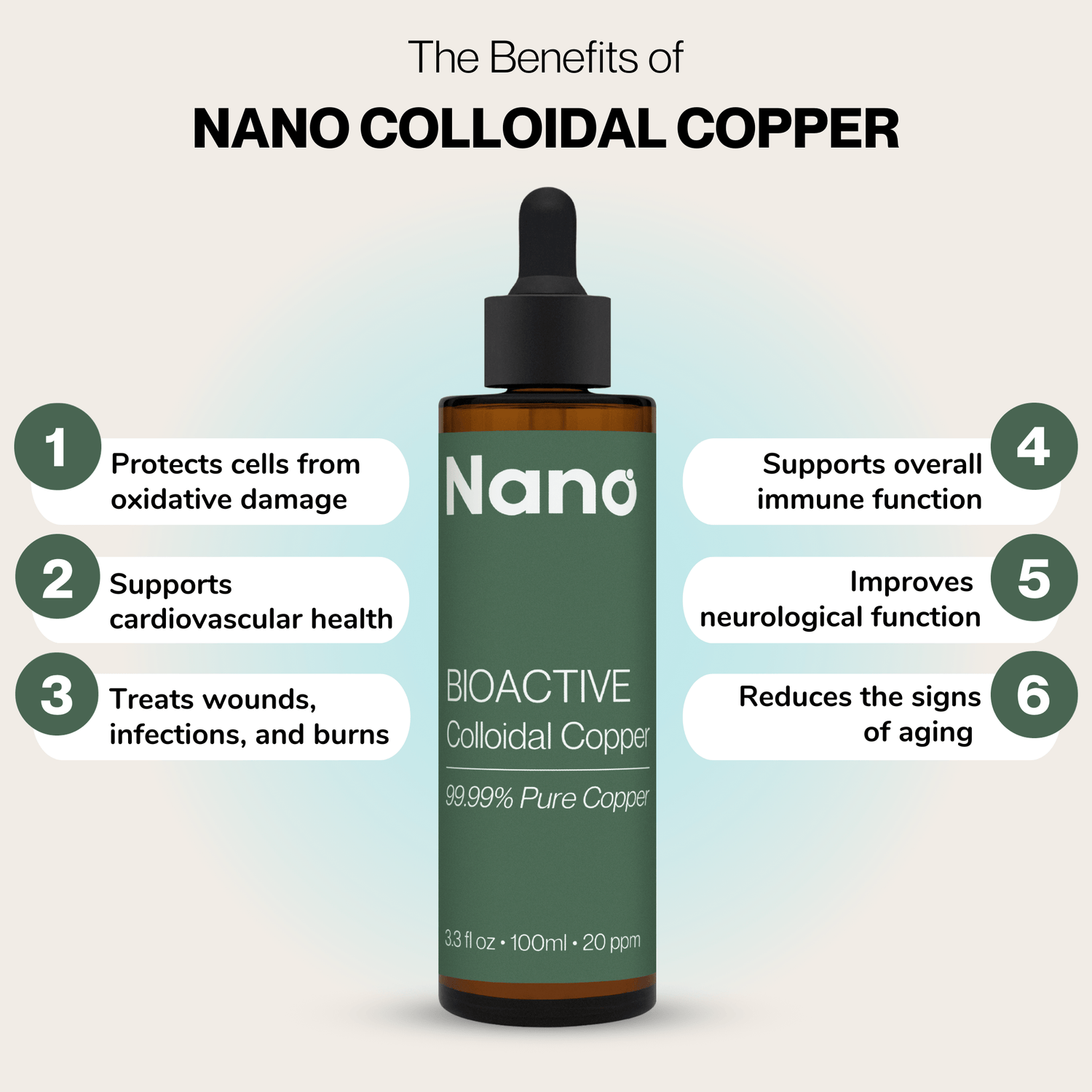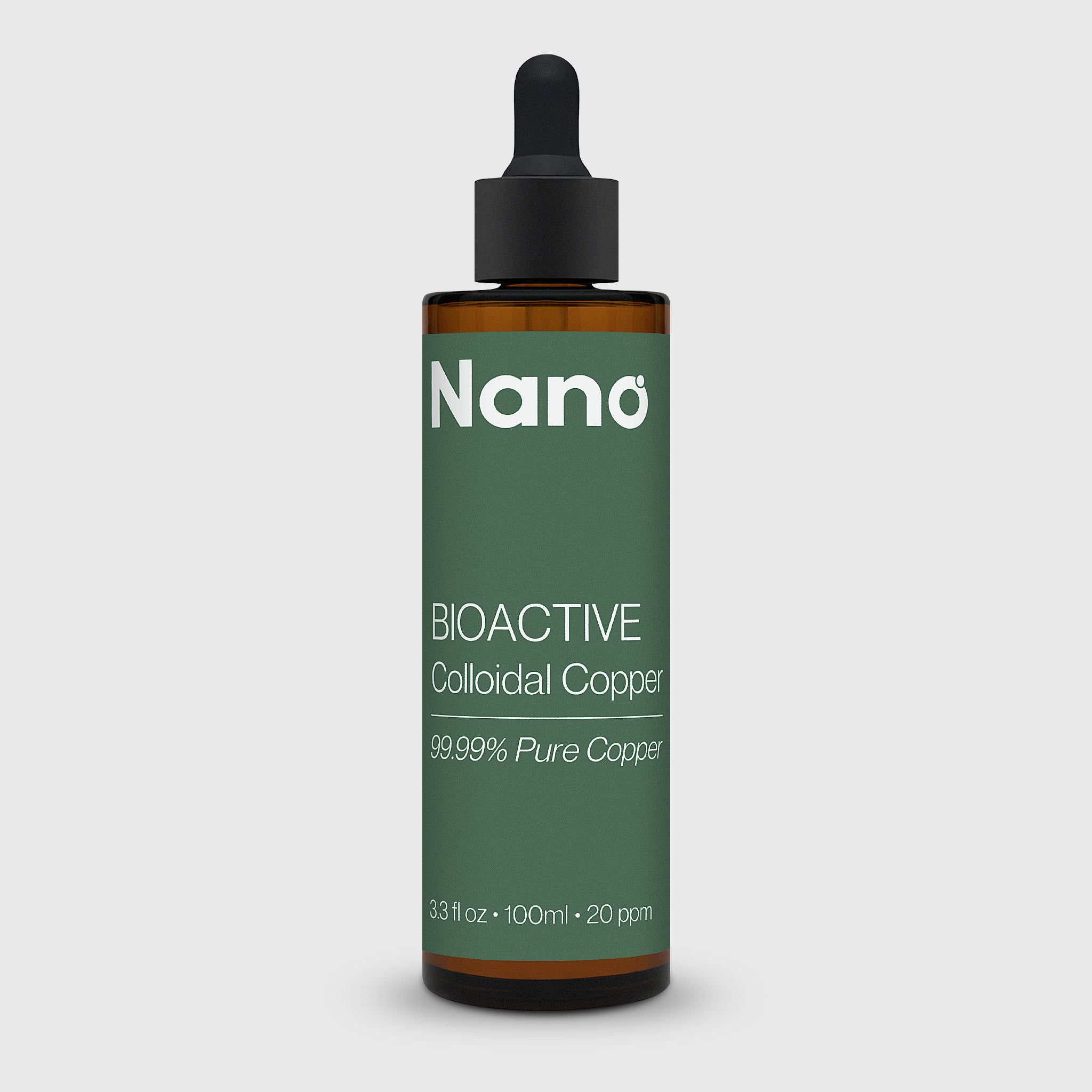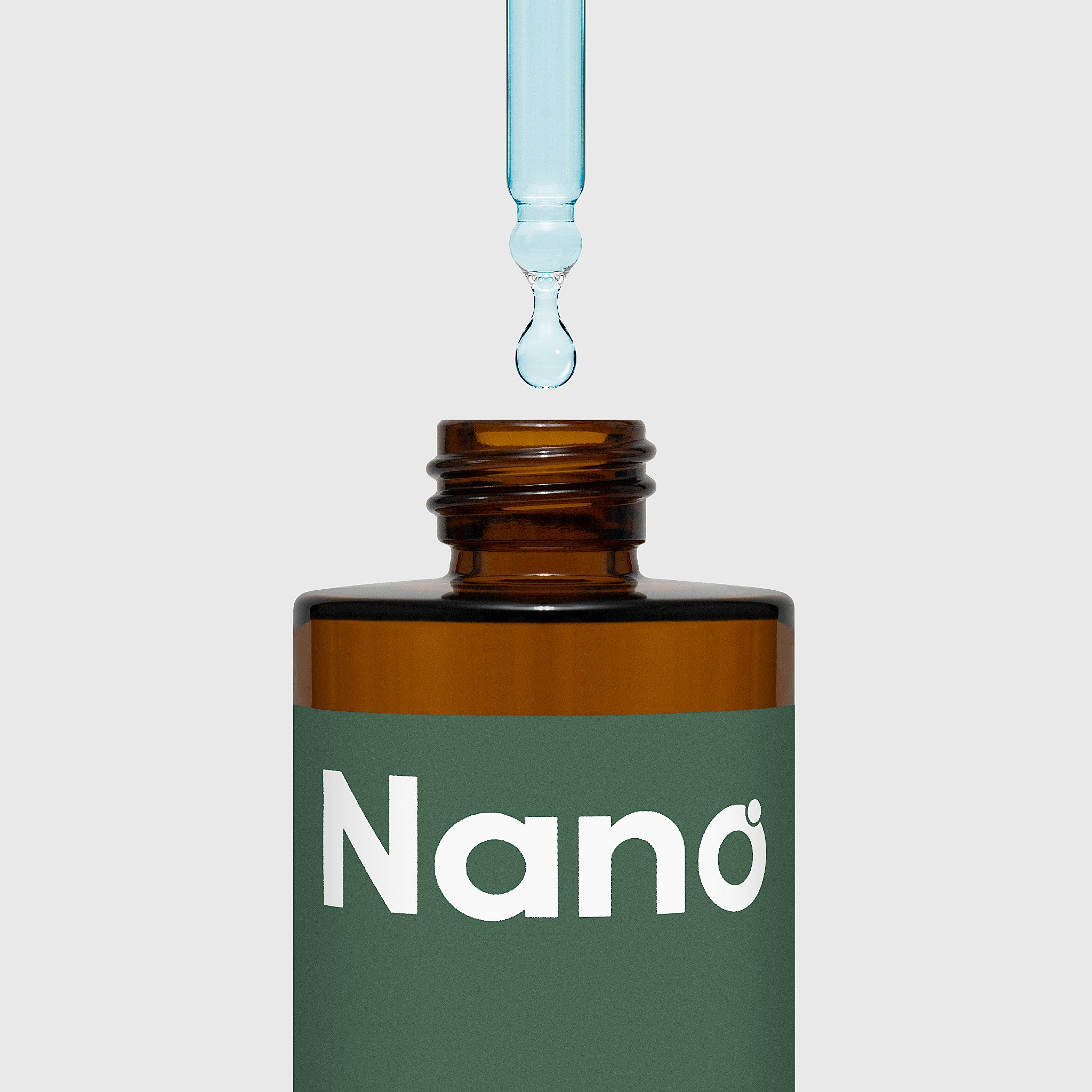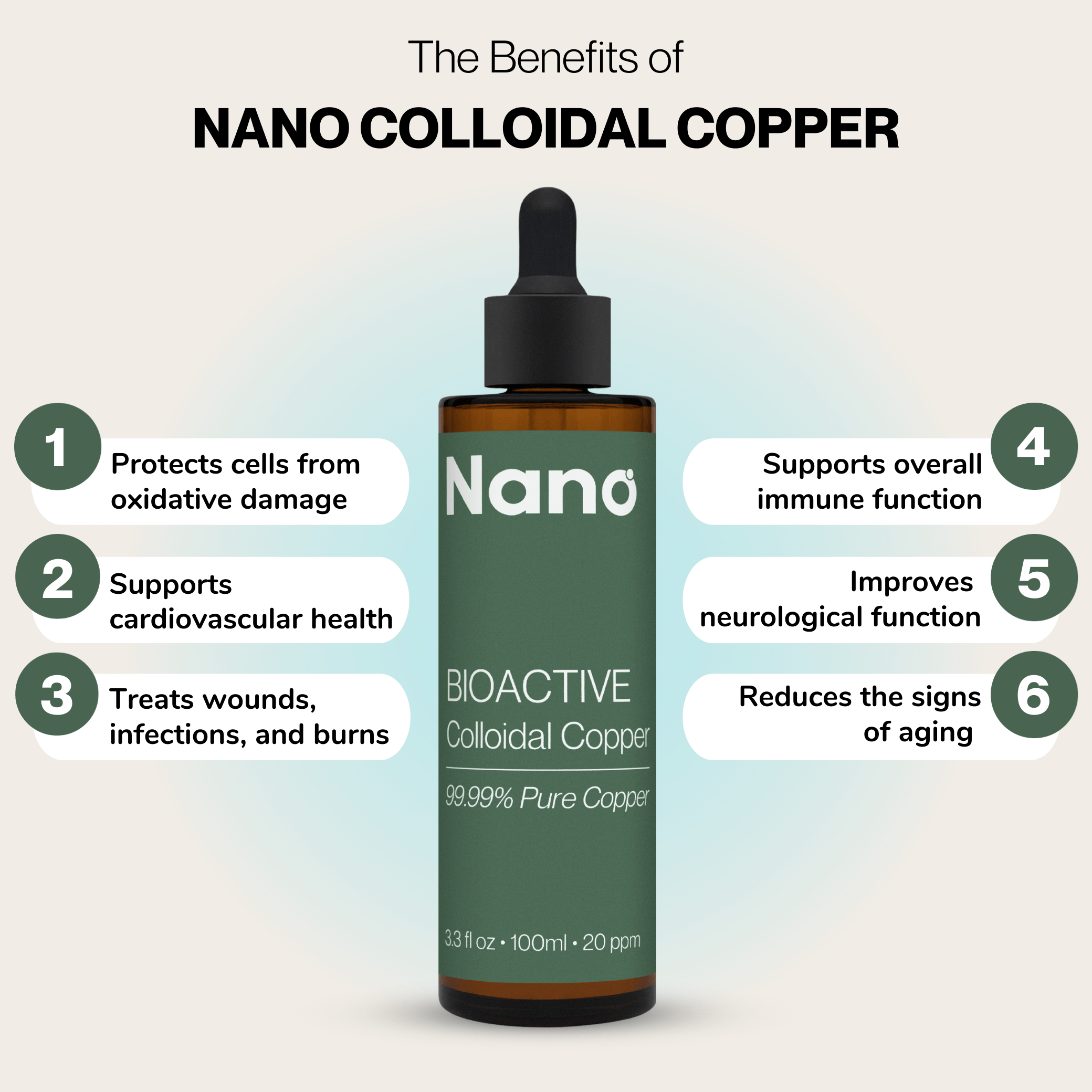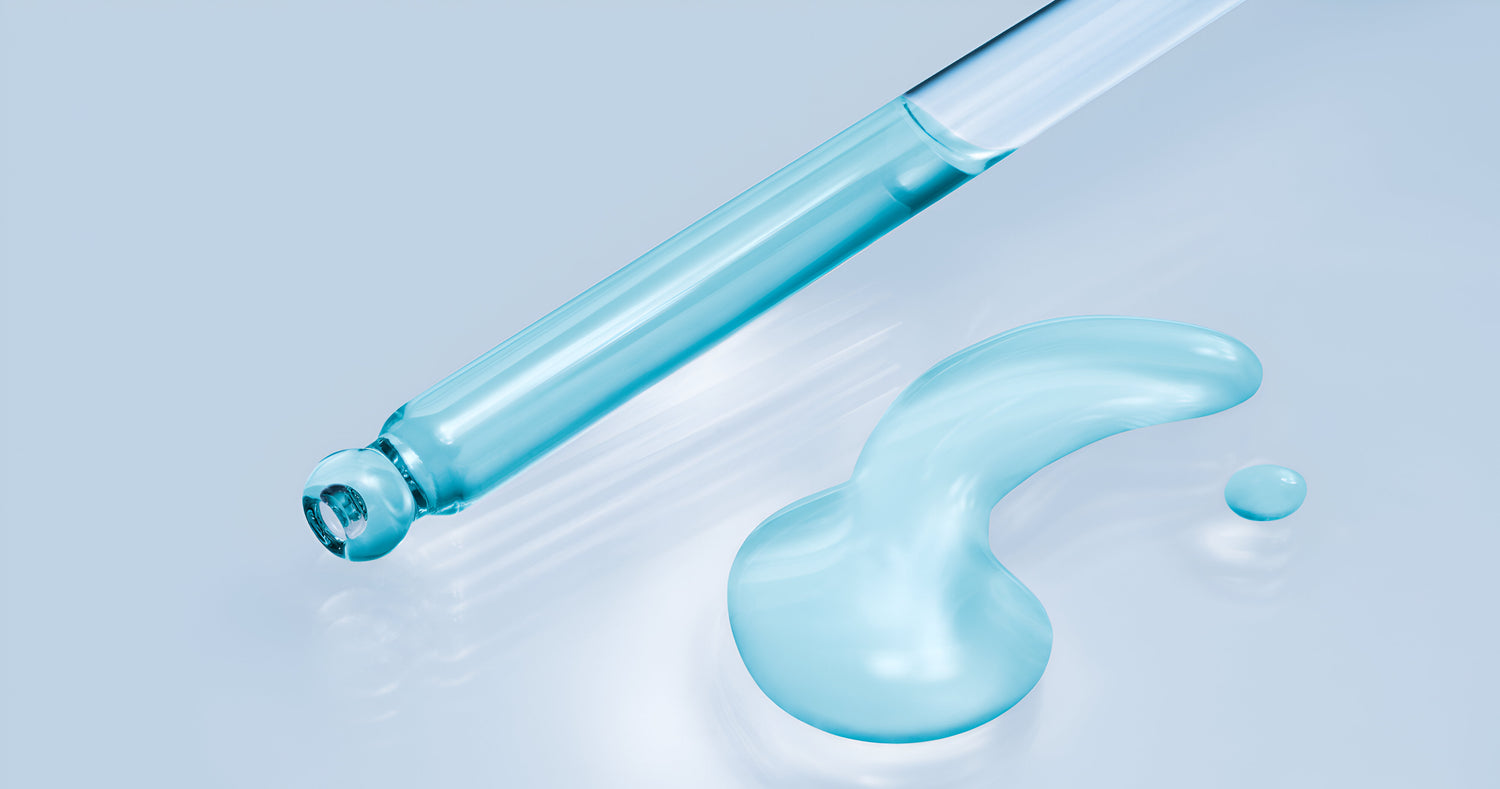Copper, an essential trace mineral, plays a pivotal role in maintaining human health, orchestrating a symphony of biological processes, including energy production, antioxidant defense, and immune function. Among its diverse forms, colloidal copper, a suspension of microscopic copper nanoparticles in a liquid medium, has garnered significant attention due to its purported therapeutic potential. Let's embark on a scientific exploration to unravel the multifaceted benefits of colloidal copper and its emerging role in medicine and health.
Therapeutic Applications of Colloidal Copper
Colloidal copper has demonstrated promising therapeutic potential in addressing a variety of health concerns, including:
- Arthritis: Colloidal copper has been used for decades to manage arthritis, particularly rheumatoid arthritis. Studies suggest that colloidal copper may reduce inflammation and pain associated with arthritis [1].
- Skin Conditions: Colloidal copper has exhibited beneficial effects in managing various skin conditions, including acne, athlete’s foot infections, and improvement of skin elasticity. Its anti-inflammatory and antioxidant properties may contribute to its therapeutic efficacy [2].
- Wound Healing: Colloidal copper has been shown to promote wound healing by enhancing the proliferation of fibroblasts, the cells responsible for collagen production, and accelerating the formation of granulation tissue [3].
- Infectious Diseases: Colloidal copper has demonstrated antimicrobial activity against a range of bacteria, fungi, and viruses. Its ability to disrupt microbial membranes and interfere with their replication processes makes it a potential therapeutic agent for infectious diseases [4].
Mechanism of Action
The exact mechanisms underlying the therapeutic effects of colloidal copper are still being elucidated. However, several potential mechanisms have been proposed:
- Anti-inflammatory Activity: Colloidal copper may reduce inflammation by inhibiting the production of inflammatory mediators, such as prostaglandins and leukotrienes [5].
- Antioxidant Activity: Colloidal copper can scavenge free radicals, reducing oxidative stress and protecting cells from damage [6].
- Immune Modulation: Colloidal copper may modulate the immune system by enhancing the activity of immune cells and increasing the production of antimicrobial peptides [7] [8].
Conclusion
Colloidal copper holds promise as a therapeutic agent for a variety of medical conditions. Its anti-inflammatory, antioxidant, and antimicrobial properties make it a versatile substance with potential applications across various areas of medicine. While further research is needed to fully elucidate its mechanisms of action and optimize its formulation, colloidal copper offers a promising avenue for developing novel therapeutic approaches.
References
- Garilli, B., Southard, C., & Gotwals, J. (2023). Copper. University of Rochester Medical Center
- Borkow, G. (2014) Using Copper to Improve the Well-Being of the Skin. Current Chemical Biology. 8(2): 89–102.
- Salvo, J., & Sandoval, C. (2022) Role of copper nanoparticles in wound healing for chronic wounds: literature review. Burns Trauma. 10: tkab047.
- Ramos-Zúñiga, J., Bruna, N., & Pérez-Donoso, J. (2023) * Toxicity Mechanisms of Copper Nanoparticles and Copper Surfaces on Bacterial Cells and Viruses. International Journal of Molecular Sciences. Volume 24, Issue 13
- Liu, Y., Zhu, J., Xu, L., Wang, B., Lin, W., & Luo, Y. (2022) Copper regulation of immune response and potential implications for treating orthopedic disorders
- Kothai, S. & Umamaheswari. R. (2018) ANTIOXIDANT ACTIVITY OF COPPER NANOPARTICLES. International Journal of Pharmacy and Biological Sciences. Volume 8, Issue 4: 783-786
SYNTHESISED FROM THE LEAF EXTRACT OF OCIMUM SANCTUM - Ma, X., Zhou, S. Xu, X. & Du, Q. (2022) Copper-containing nanoparticles: Mechanism of antimicrobial effect and application in dentistry-a narrative review. Frontiers in Surgery. 9: 905892.
- Cioffi, N. (2011) Synthesis and Antimicrobial Activity of Copper Nanomaterials. Nano-Antimicrobials. 26 : 85–117.


